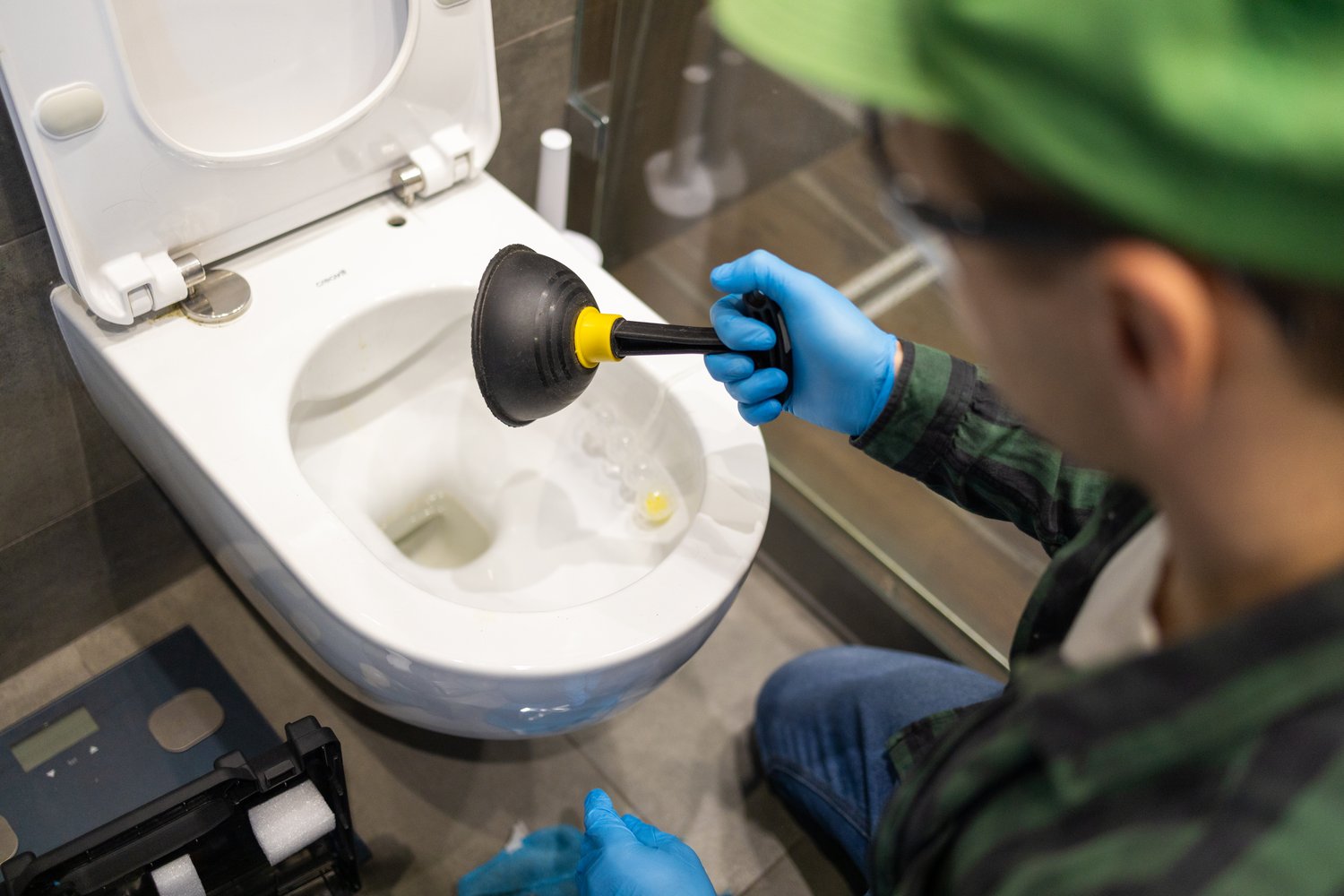Picture this: a bustling restaurant with pristine kitchens, catering to eager guests, when suddenly the bathroom is out of order due to a weak flush. Such issues can disrupt any establishment’s flow and reputation. Understanding the nuances of toilet maintenance is more critical than ever, especially for commercial settings where efficiency and reliability are paramount. This guide will delve into the intricacies of common toilet malfunctions, providing you with practical solutions to ensure uninterrupted operation.
- Diagnose Quickly: Identifying toilet issues like weak flushing or continuous water flow can save both time and money.
- Target the Cause: From low water levels to flapper malfunctions, each problem requires tailored troubleshooting methods for resolution.
- Ventilation Matters: Proper tank ventilation boosts flushing efficiency, preventing common issues that lead to operational disruption.
By addressing common toilet problems effectively, you’ll enhance your plumbing system’s reliability and ensure a seamless experience for users. Dive deeper into the details to maintain optimal functionality and extend the lifespan of your facilities.
Solving Tank Ventilation Issues: Key Part of the Common Toilet Problems: Troubleshooting Guide for Weak Flush and Tank Issues
Improper tank ventilation is often an overlooked factor that can significantly impact toilet flushing efficiency. When tank vents are blocked or malfunctioning, they hinder the water flow and compromise the flushing power, leading to frequent plumbing frustrations.
To ensure that your toilet performs optimally, it is crucial to address any ventilation issues promptly. The first step is to identify whether there are any blockages or restrictions in the vent pipes. These obstructions can occur due to debris, mineral buildup, or even small animals nesting within the vents.
Once you suspect a ventilation problem, inspect the vent system thoroughly. If necessary, use tools specifically designed to clear vent blockages. A plumber’s snake or an auger can effectively remove stubborn clogs, allowing air to flow freely to the tank.
After clearing the vents, it’s essential to check for any structural issues within the venting system. Cracks or leaks can disrupt the airflow, further diminishing the toilet’s flushing strength. Repair these issues promptly to restore the system’s integrity.
Regular maintenance is a preventive measure that ensures your venting system functions effectively. Include visual inspections of the vents as part of your routine plumbing checks to detect potential problems before they escalate.
By keeping your toilet’s tank ventilation in top condition, you ensure consistent water pressure, which is critical to prevent flush failures. Addressing these common toilet problems not only enhances flushing performance but also contributes to the overall reliability and lifespan of your plumbing installation.
Identifying Common Toilet Problems: Troubleshooting Guide for Weak Flush and Tank Issues
Understanding common toilet problems is essential for efficient troubleshooting and repair. Weak flushing, continuous water flow, and issues with tank refills are frequent malfunctions that homeowners and businesses encounter.
A weak flush reduces the toilet’s efficiency, often leaving waste unflushed. Continuous water flow can significantly increase water bills and signal issues with the toilet’s components. Lastly, tank refill problems typically cause inadequate water levels, affecting the flush power. Each of these issues requires specific diagnostic steps to rectify effectively.
By identifying these problems early, you can save time, reduce repair costs, and maintain optimal bathroom operations. This troubleshooting guide aims to help both professionals and DIY enthusiasts in diagnosing and resolving these common plumbing issues efficiently.
Causes of Weak Toilet Flush and Their Solutions
Experiencing a weak toilet flush can be both inconvenient and unsanitary. Several factors contribute to this issue, each necessitating a different approach to restore optimal flushing performance.
Low water levels in the tank are a common cause of a weak flush. Check the water level; it should be about an inch below the top of the overflow tube. Adjust the fill valve to ensure proper water levels.
Clogged rim jets are another culprit. These small holes around the toilet’s rim can become blocked with mineral deposits, restricting water flow. Cleaning the rim jets with a stiff brush and vinegar can often clear these blockages.
The flapper is also a critical component. A malfunctioning flapper can result in incomplete flush cycles. Inspect the flapper for wear and tear and replace it if necessary to improve flushing efficiency.
Addressing these causes with the appropriate solutions will help restore your toilet’s functionality and ensure reliable and effective performance.
Frequently Asked Questions
What causes a weak toilet flush?
A weak toilet flush can be caused by low water levels, clogged rim jets, or a malfunctioning flapper. Each issue requires specific solutions to restore flushing efficiency.
How can I fix a continuously running toilet?
Check if the flapper seals properly, the float is at the correct level, and that the fill valve is functioning. Adjust or replace components as needed.
Why does my toilet tank fill slowly?
A slow-filling tank can result from a faulty fill valve, clogged water supply line, or low water pressure. Inspect and clean or replace parts if necessary.
What should I do if my toilet is leaking?
Identify the source of the leak by inspecting the flapper, fill valve, and tank bolts. Tighten or replace components to stop leaks.
How can I improve toilet flush efficiency?
Ensure proper water level, clean rim jets, and check for any obstructions in the trapway. Regular maintenance will optimize toilet performance.





